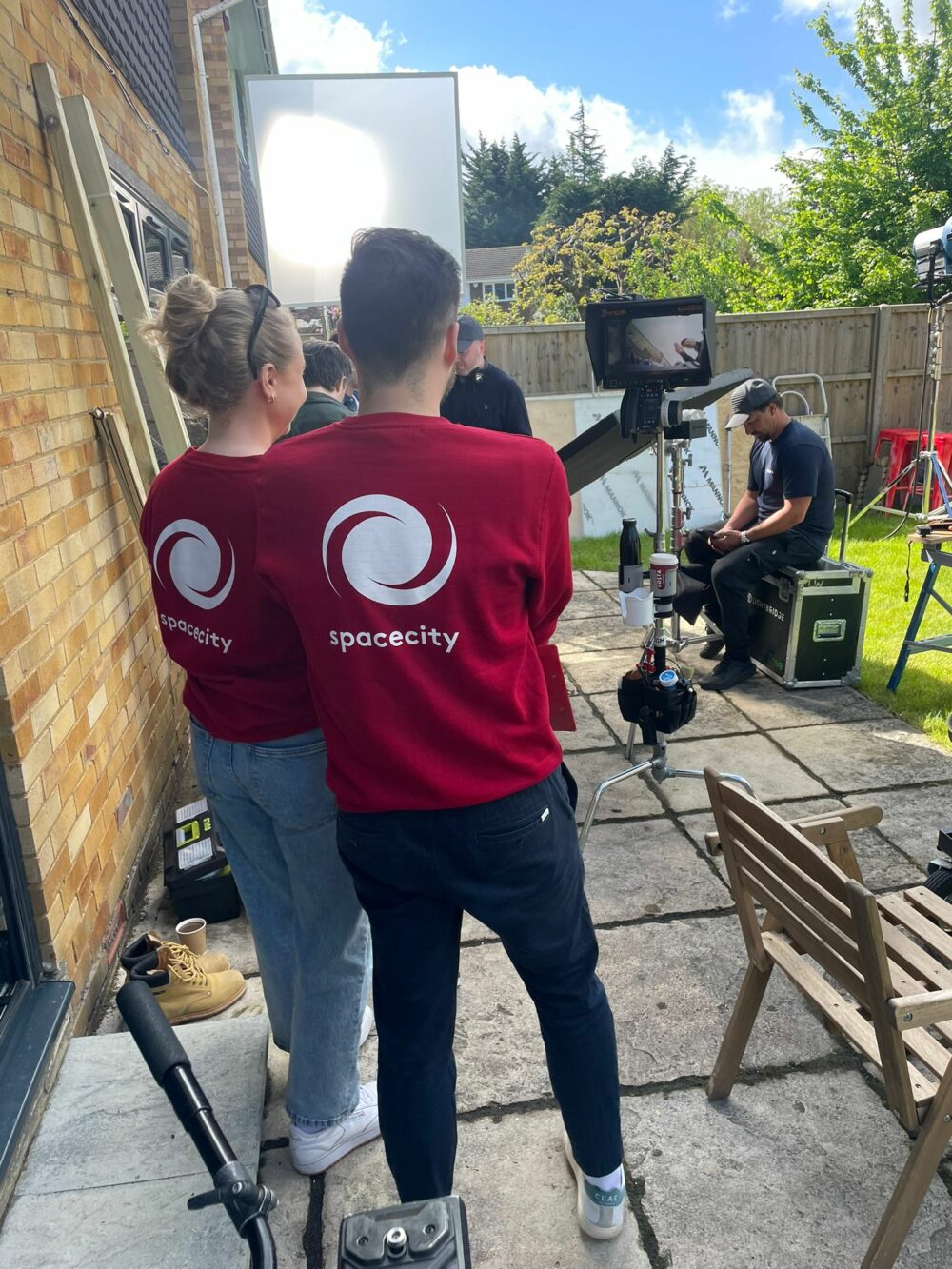When advertising should be emotive and affirming, some brands are producing confusing ads.
CONFUSING Advertising has continued to proliferate the TV screens, search engines and social media pages of myriad consumers nationwide: it has to stop.
When we should be enchanting the minds of consumers across all advertising channels, many are persisting to offer jargon enthused deals that ultimately serve only to alienate and quell any emotive resonance that may have occurred.
Tone and body language of course provide the scope for your ads to organically leverage a cognitive response; not as a result of language, but the manner in which it is conveyed.
Fundamentally though case studies conducted by Opinion Leader has stated that in the case of selling fibre-broadband, consumers were left ambivalent as to the meaning of the term.
Although specific to the selling of broadband in this instance, a wider issue has been illustrated and also indicted the current consumption of data-driven or consumer-centric advertising.
Of course even before the current digital paradigm of autonomy, PMPs and overall advertising convergence, the ability to segment audiences through demographics and ages was prevalent.
However even this trait is being brazenly ignored, with a clear oversight of what is necessary to enchant consumers.
Clearly the usage of jargon is necessary as a tertiary force to distinguish yourself from your competitors, however as a means of showcasing what you can offer and ensuring indexation it is inhibitive unless it has been appraised as a source of consumer engagement.
This is also something you can utilise cost-effectively to avoid confusing adverts.

Through the optimised, SEO driven analytics that can align with your consumer/media buying data, you can optimise the linguistics and subsequently the tone through which you impart your information.
55% of the decision making process is dictated by the body language of your conduit for advertising, according to research by Lead Forensics.
Moreover the same study stated that 38% of the process of elicit instant sales at least was through voice and tone, therefore the importance of using a competent voice-over artist is of ardent importance.
Many of the confusing elements of an ad are also accentuated by tone and not correlating with that of your intended brand message.
Thus while many maybe aware subconsciously that what you are communicating is a availing to your product of service, the confusion will still persist, rendering the effectiveness of your ad redundant against your competitors who will continually be applying increased diligence.
When these more data-driven means of advertising become more ubiquitous as the results of success continue to emerge, those who do not utilise these metrics of advertising will firmly be consigned to potential loss-making.
TV is the most successful means of advertising your products and services, at a time when digital is carrying increased onus, your business will be underperforming while the overall quality of ads is improving.
Therefore ensuring your adverts are bereft of confusing elements will ensure that the process of resonation cannot be disrupted.
At the same time subjectivity and clarity is not a guarantee as such of successful advertising.

In order to establish an advertising tact that can embody your brand in the most affirming, inspiring and emotive context the need for your creative to employ a distinct original voice is imperative.
Similarly with the importance of avoiding confusing jargon, ensuring that the portrayal of your brand message is complimentary to the cause, vision or message you are championing is vital.
Therefore alignment with credible and similar media is something that you can do to organically assist with troubleshooting any ambiguity.
If your message for instance is looking at empowering a message, ostracised group or member of society, ensuring that the side of the issue you are on is clearly underpinned across both your aligned media and ad itself is paramount.
Consequently another issue has surfaced as you seek to provide the most consumer friendly advertising experience: knowing that any versions you create compliment the programming it is aligned to.
Of course if you have a channel specific plan, the latest programmatic software will automatically optimise your ads to appear at preferential times, however if you are working more programmatically the risks are increased of confusing consumers.
As a result if you do chose this means of optimising TV, the key is to add further algorithms that will ensure ad placement is not actuated unless the tone of programming matches that of your ad.
There are of course further issues in this context that have also blighted online, in terms of the decision making of online’s algorithms that link your ads to audience as appose to context and your creative vision.
In this regard avoiding such troubles in the future can be achieved through programmatic, linear TV advertising.
Through the inherent credibility and certainty that comes with TV, your brand is safe in its ability to build a successful, trustworthy, profitable business.
Space City has been producing TV, online and radio adverts for 25 years, securing long-term for success for brands like Moonpig, GoCompare and MoneySupermarket.
Contact the team now and utilise the power of search to deliver consumer-complimentary ad campaigns that avoid confusing them.


